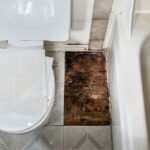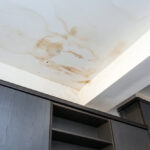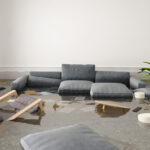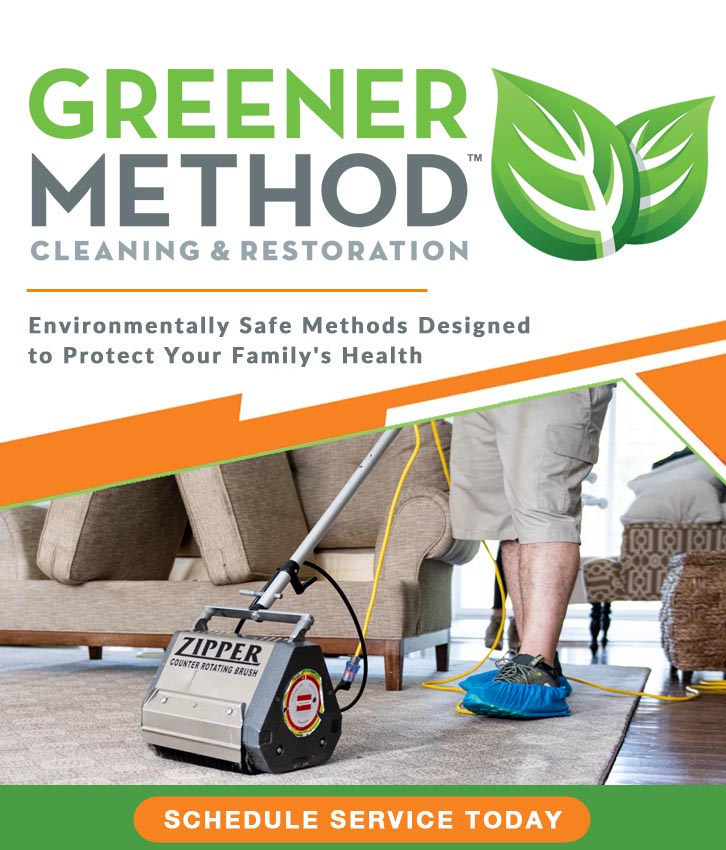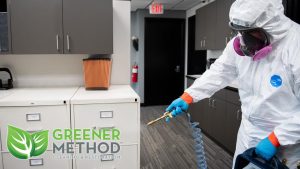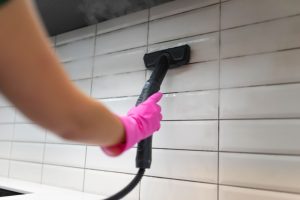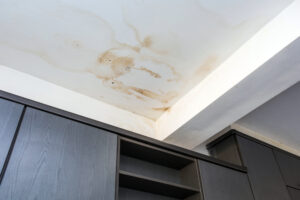Ever wondered why some water-damaged spots dry fast, while others stay wet for days or weeks? Every year, many homes in the U.S. deal with water damage. This can happen from natural disasters to plumbing problems. Knowing how to dry out water damage is key for homeowners to prevent more damage.
The drying time depends on how bad the damage is, what materials are affected, and the environment. Quick action, like using fans, dehumidifiers, and hygrometers, is important. It helps remove moisture, stops mold, and keeps the structure safe. Acting fast not only fixes the damage but also makes your home safer and healthier.
Key Takeaways
- Water damage impacts numerous U.S. homes annually.
- Drying time varies based on extent, materials, and conditions.
- Prompt actions like using fans and dehumidifiers are crucial.
- Proper moisture removal is vital for mold prevention.
- Effective water damage repair safeguards home structure.
Understanding Water Damage
Water damage can happen suddenly and from many sources. It’s important to act fast to prevent damage and health risks. Knowing the common causes and types of water damage helps in managing and restoring properties effectively.
Common Causes of Water Damage
Many things can cause water damage, from natural disasters to everyday accidents. Some common sources include:
- Flood damage: Heavy rains and hurricanes can cause a lot of water damage to properties.
- Plumbing failures: Burst pipes, leaky faucets, and broken appliances can lead to water damage if not fixed quickly.
- Water intrusion: Leaks through windows, doors, and roofs can let rainwater into homes, causing damage over time.
Types of Water Damage
Water damage is divided into categories based on how contaminated the water is and the health risks it poses. These categories are:
- Clean water: This water comes from sources like broken pipes or overflowing sinks. It’s not very risky to health.
- Gray water: Gray water comes from appliances like dishwashers or washing machines. It has some contaminants and can make you sick if you drink it.
- Black water: Black water is very contaminated and can be dangerous. It comes from sewage backups or flood damage. You need a professional to handle it safely.
Knowing the types and sources of water damage helps in responding correctly. Fixing plumbing issues, stopping water intrusion, and other causes quickly is key to fixing the damage.
Factors That Influence Drying Time
The time it takes to dry water-damaged areas depends on a few key factors. The size of the affected area and the type of building materials are the main ones. These factors greatly affect how quickly the area can get back to normal.
Size of Affected Area
The size of the area that’s wet directly affects drying time. Bigger areas need more time and effort to dry completely. As the area gets larger, using detailed structural drying methods becomes essential to remove all moisture.
Type of Building Materials
The type of materials in the wet area also plays a big role in drying time. Materials like drywall and carpet absorb moisture quickly, making drying take longer. On the other hand, materials like tiles or concrete dry faster because they absorb less moisture. Using the right structural drying methods helps remove moisture efficiently from different materials, speeding up the drying process.
How Long Does Water Damage Take to Dry Out?
Finding out how long water damage takes to dry is tricky. It depends on many things. The water damage timeline can be anywhere from a few days to weeks. This depends on the situation of the damaged area.
The type of water matters a lot. Clean water from a burst pipe dries faster than dirty water from flooding. Experts do a detailed damage assessment to figure out the best water mitigation steps.
Using special drying tools helps a lot. Fans, dehumidifiers, and moisture detectors speed up drying. At first, it’s important to watch moisture levels closely. This helps adjust the tools as needed.
- Inspection and Damage Assessment: Checking how bad the water damage is. This helps know what repairs and drying are needed.
- Water Extraction: Getting rid of standing water with pumps and vacuums. This stops more water from getting in.
- Drying and Dehumidifying: Using dehumidifiers and air movers to dry faster.
- Monitoring: Keeping an eye on moisture levels. This stops mold from growing.
A good water mitigation plan makes drying fast and effective. This helps protect your property and daily life.
Effective Drying Methods
To fix water damage, we use different drying methods. These methods help remove water and dry out areas. This leads to a clean and restored property.
Air Drying
Air drying is good for small water issues. It uses air to dry out surfaces. It’s green and saves money, perfect for minor problems.
Good air flow helps dry things faster. It also stops mold and more damage.
Use of Drying Equipment
For big water damage, we use special tools. Air movers, dehumidifiers, and fans are key. They help dry out materials fast.
These tools are vital. They prevent damage and keep buildings safe.
Professional Restoration Services
For serious water damage, get professional help. Professional restoration companies have the skills and tools needed. They make sure everything is dry and clean.
They fix all moisture issues and remove bad smells. This way, they make your property like new again. It’s safe and healthy.
Conclusion
Water damage recovery is a complex process that needs a careful plan for fixing homes and preventing damage. The time it takes to fix a home depends on the size of the damage, the materials used, and how wet they are. It’s important to control moisture well to stop mold and more damage, making the home safe again.
Using the right drying methods is key to fixing homes fast. This can be air drying, using special equipment, or getting help from experts. Homeowners should quickly check the damage, talk clearly with repair teams, and work with insurance. This teamwork makes fixing the home faster and more complete.
It’s also important to prevent fires and have smoke alarms to keep homes safe long-term. By focusing on safety and following good practices for moisture control and prevention, homeowners can lower the chance of future problems. This way, they can get back to normal life quickly.








